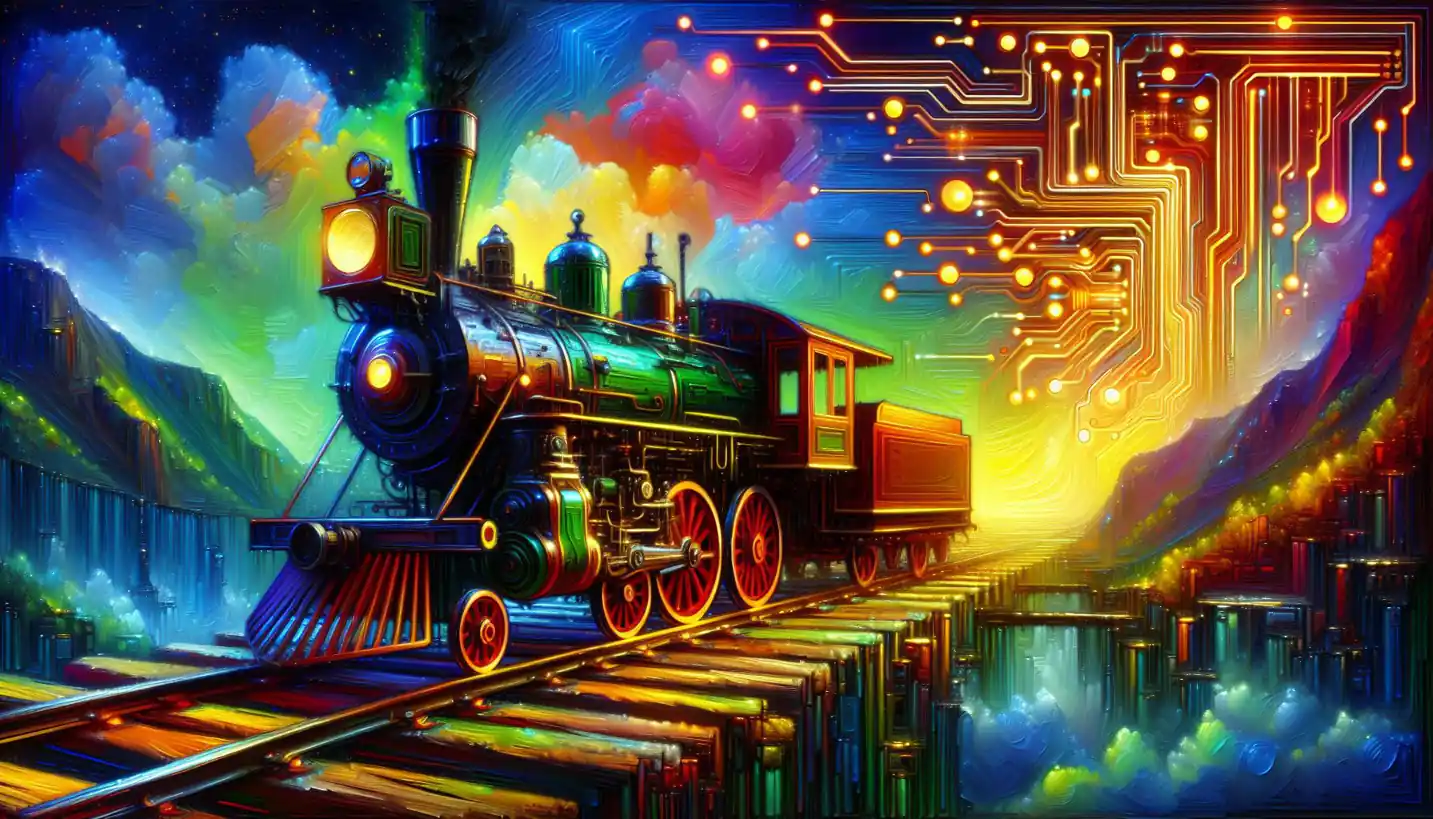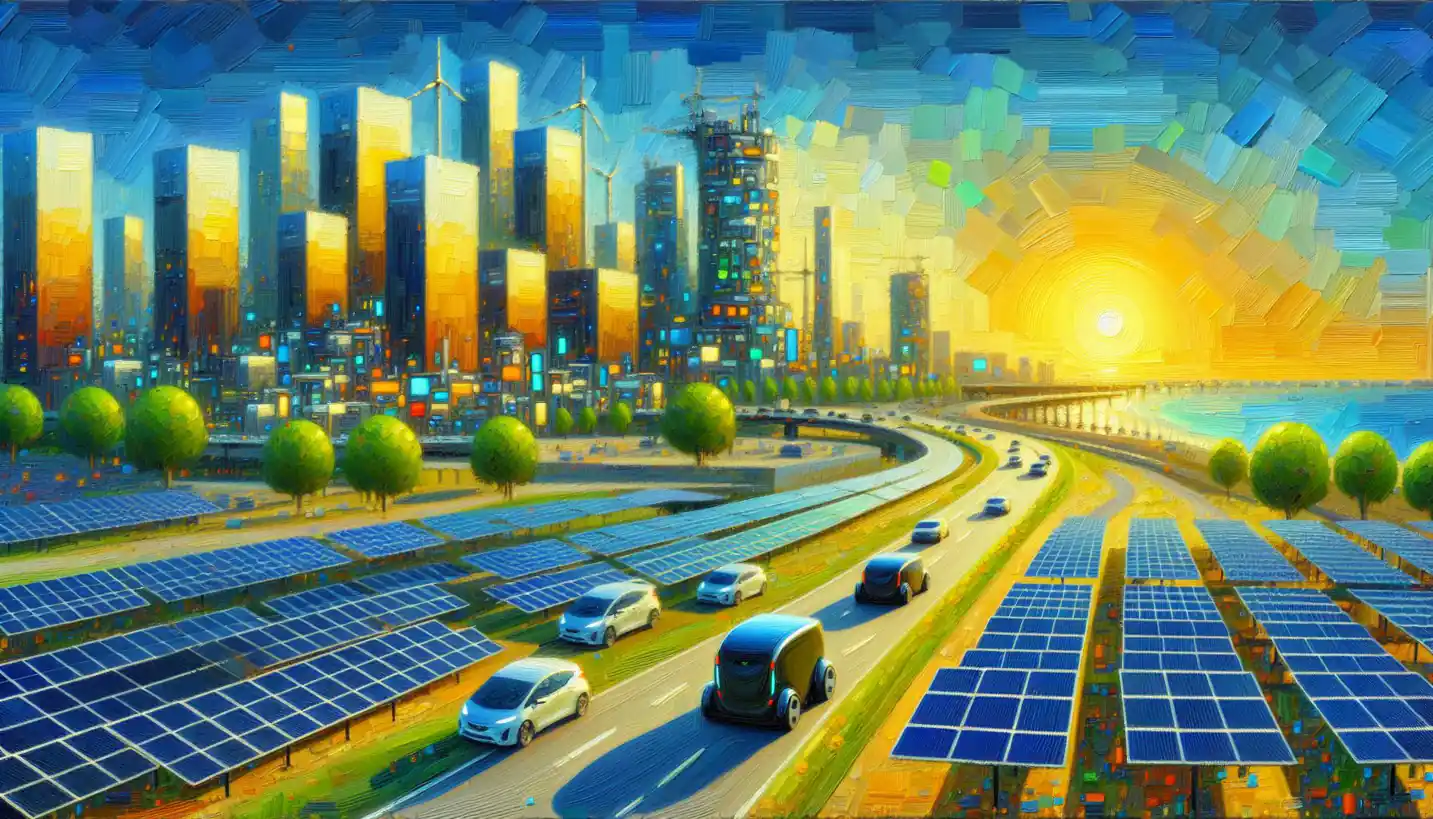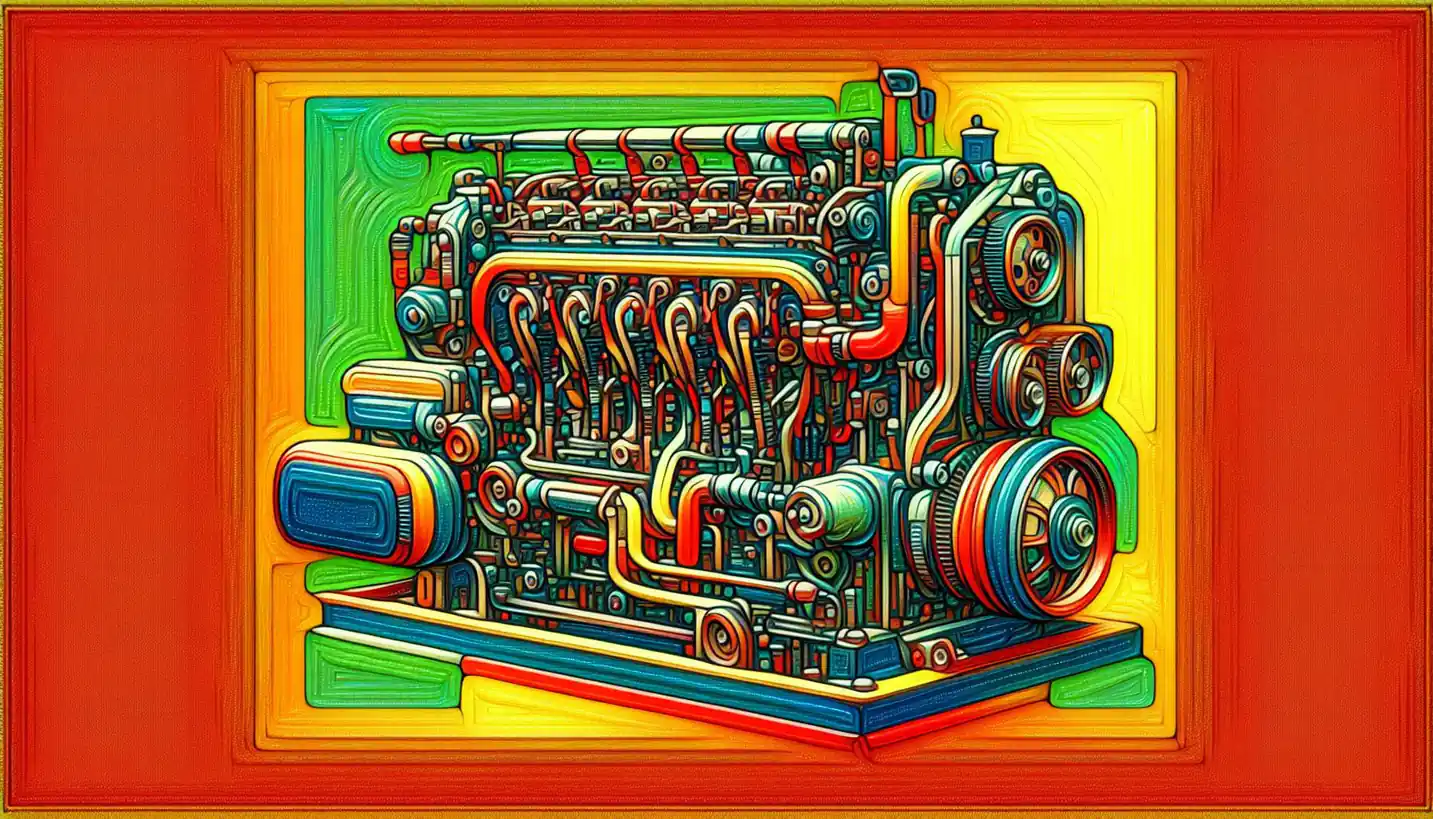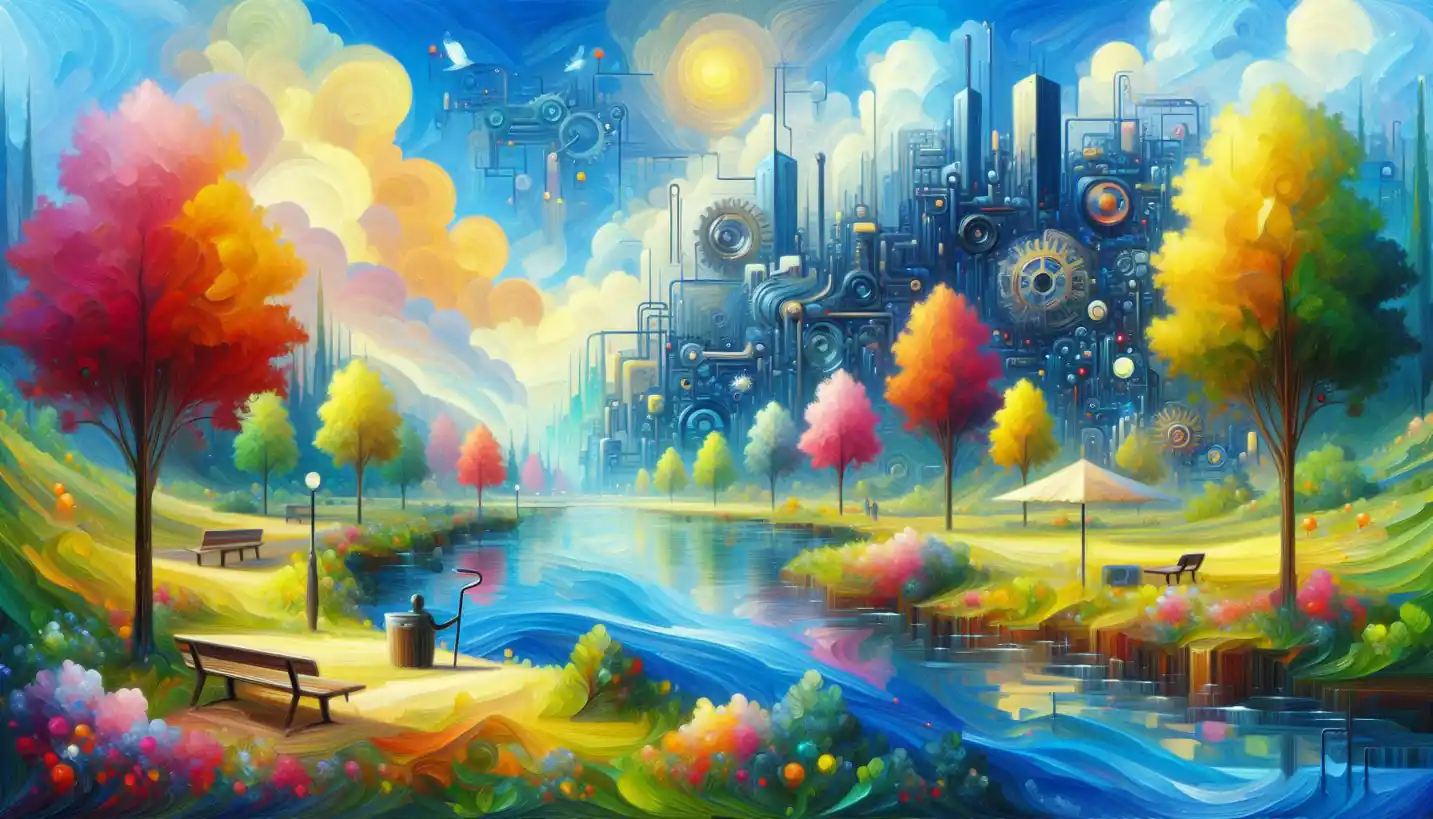· Engineering · 5 min read
Power Grid: The Backbone of Modern Energy Systems
The power grid is the silent engine behind our modern civilization, seamlessly delivering electricity to millions. Discover how its vast network sustains everyday life and innovation.
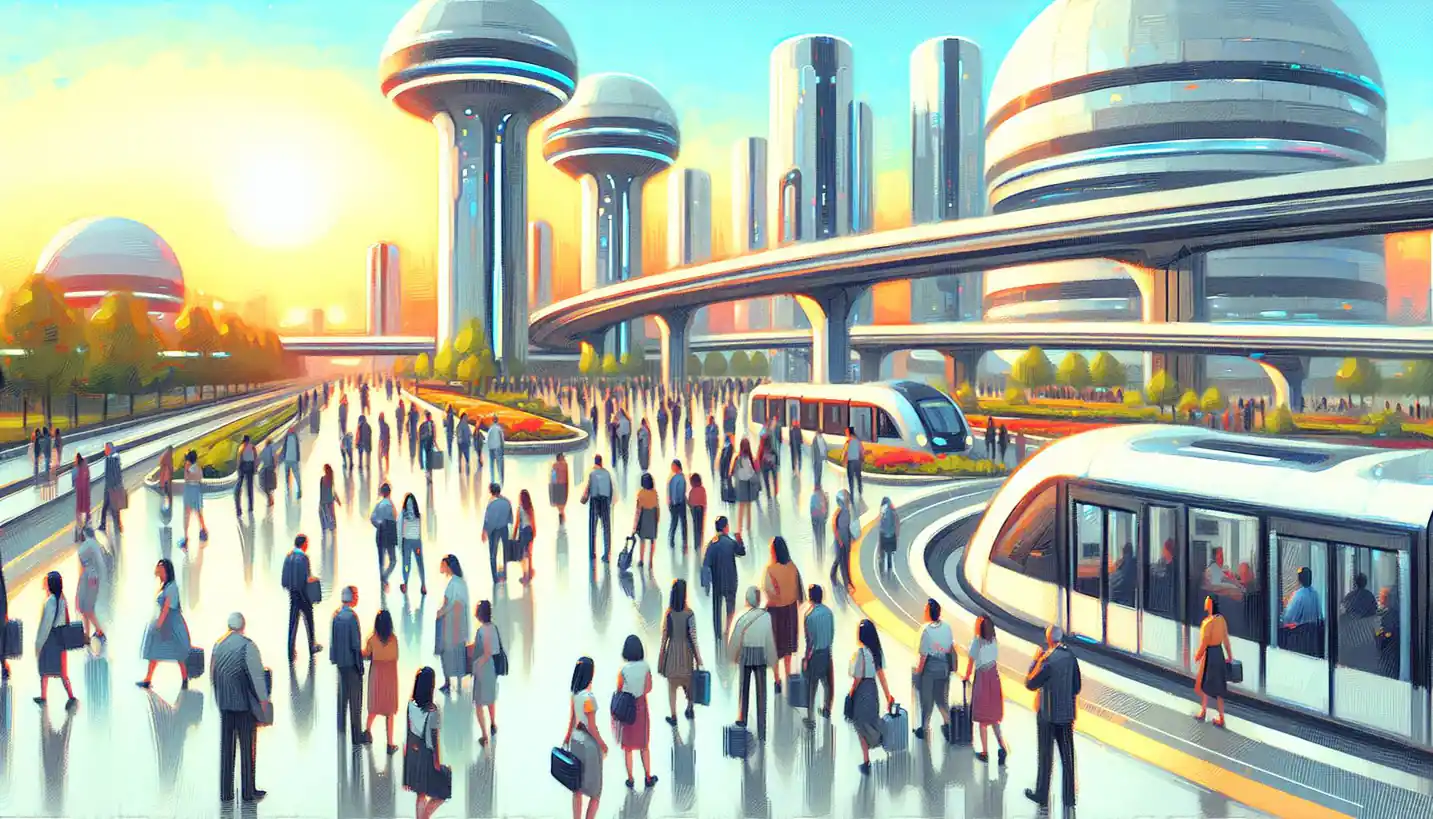
When you flip a light switch or charge your phone, you probably don’t think about the intricate network making it all possible. This vast system, known as the power grid, is a marvel of engineering that fuels our daily lives. But how does it work, and why is it so crucial?
The power grid is like a giant puzzle, with pieces that fit together to deliver electricity from where it’s generated to where it’s needed. Imagine it as a sprawling network of highways, roads, and paths, all leading to homes, schools, and businesses. At its core, the grid is about connection and efficiency.
How the Power Grid Works
To break it down, the grid consists of three main parts: generation, transmission, and distribution. Let’s dive into each to see how they fit together.
Generation: Creating Electricity
Electricity generation is the starting point. Power plants, which can be as mighty as coal or nuclear or as eco-friendly as wind and solar farms, convert various energy sources into electrical energy. Think of these plants as the chefs in a kitchen, preparing the dishes we all enjoy.
Transmission: Highways of Energy
Once electricity is generated, it needs to travel long distances. This is where the transmission system comes in. High-voltage lines carry electricity from power plants across vast regions, like highways transporting goods between cities. These lines are engineered to handle large amounts of electricity efficiently, minimizing losses over distance.
Distribution: Bringing Energy Home
After electricity travels those long distances, it reaches substations. These are like hubs where the voltage is reduced to safer levels, making it ready for distribution to homes and businesses. From here, local lines take over, ensuring the electricity reaches its final destination much like delivery vans completing their routes.
The Importance of a Reliable Grid
Imagine the power grid as the backbone of modern society. Without it, everything from hospitals to traffic lights would grind to a halt. A reliable grid ensures that electricity is available whenever and wherever it’s needed. It’s not just about comfort; it’s about safety and functionality in our communities.
Challenges Facing the Power Grid
Despite its vital role, the power grid faces several challenges. One major issue is balancing supply and demand. Electricity must be produced and consumed in real time. This can be tricky, especially with fluctuating renewable energy sources like wind and solar. Cloudy days don’t generate much solar power, and calm days slow down wind turbines.
Another challenge is aging infrastructure. Many parts of the grid were built decades ago and need updating to handle modern demands and integrate new technologies. The grid also has to evolve to withstand natural disasters and cyber threats, keeping the lights on even during the toughest times.
Innovations in Grid Technology
Enter smart grids. These are the next-generation power grids designed to improve efficiency and reliability. By incorporating digital technology, smart grids can automatically adjust based on demand, integrate renewable sources seamlessly, and quickly respond to outages. Imagine a grid that thinks and adapts like a brain, ensuring smooth operations and minimizing disruptions.
Battery storage is another exciting innovation. Think of it as a huge power bank for the grid, storing excess energy generated during low-demand periods and releasing it when demand is high. This technology is crucial for making the most of renewable energy sources, evening out the ebbs and flows of wind and solar power.
The Future of the Power Grid
The future of the power grid is bright, bold, and sustainable. One goal is achieving a cleaner energy mix by integrating more renewables. As technology advances, we may see a grid that not only powers homes but also supports electric vehicles, smart appliances, and even microgrids—localized grids that can operate independently or connect to the main grid.
Imagine your neighborhood generating its own power, reducing reliance on traditional power plants, and minimizing carbon emissions. This vision of a modern grid supports individual empowerment and also global sustainability goals.
Why the Power Grid Matters to You
You might wonder why all this matters to you. The power grid isn’t just an engineering topic; it’s a part of your everyday life. Understanding how it works can emphasize the importance of investing in energy-efficient appliances and supporting policies for sustainable energy. Every decision you make, from the light bulb you choose to how you charge your devices, impacts the grid and contributes to a greener future.
What happens next? With technology rapidly advancing, the possibilities for enhancing and reinventing the power grid are endless. How will we continue to adapt and improve? Could we someday eliminate blackouts altogether? These questions excite researchers and engineers, and as a consumer, your curiosity and engagement are part of this evolving story.
In conclusion, the power grid might be out of sight, but it should never be out of mind. It’s a testament to human ingenuity, constantly growing and adapting. As the world moves toward sustainability, the grid is front and center, making sure our powerful, electrifying world keeps spinning.
